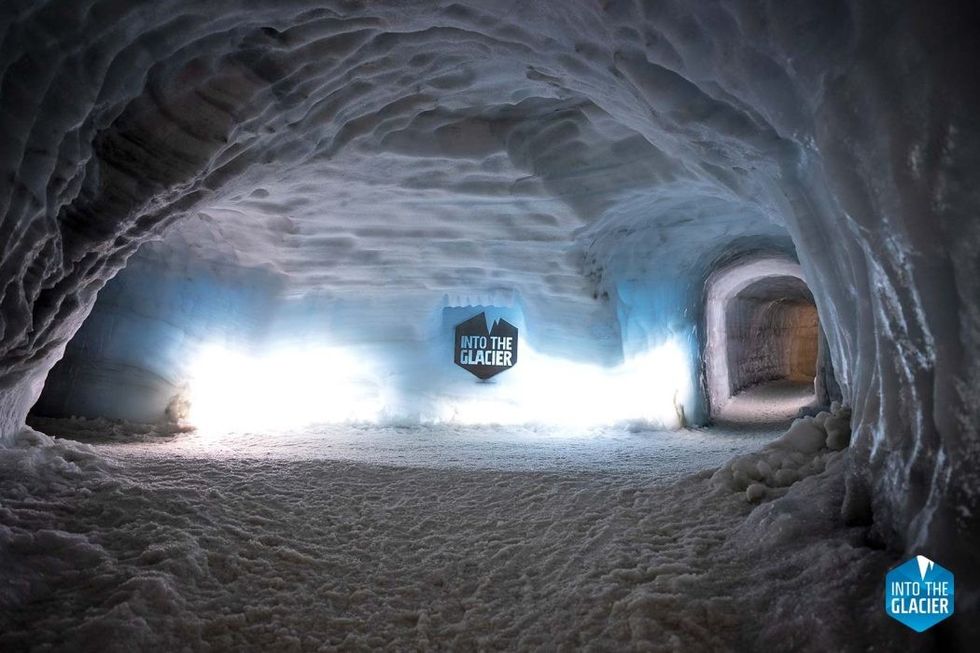Deaths related to sickle cell disease are 11 times higher than those reported by mortality data sources alone, researchers analyzing global health data from 2000 to 2021 have discovered.
Their findings, published in The Lancet Haematology journal, reveal the substantial impact of sickle cell disease on global mortality rates.
By employing epidemiological models, the researchers determined that in 2021, the "total mortality burden" attributed to sickle cell disease amounted to 373,000 deaths.
This figure surpasses the previously recorded 34,600 deaths specifically attributed to sickle cell disease, also known as "cause-specific deaths."
Notably, the increase in mortality burden was particularly significant in South Asia and sub-Saharan Africa, where fatality rates were 67 times higher and nine times higher, respectively.
The study, conducted as part of the Global Burden of Disease 2021 study led by the Institute for Health Metrics and Evaluation (IHME) at the University of Washington's School of Medicine in the United States, utilised a combination of prevalence, birth incidence, and mortality data in their models.
Sickle-cell disease, also known as sickle-cell anaemia, is a congenital form of anaemia that occurs during foetal development. It is characterised by the presence of sickle cells, which are abnormal crescent-shaped red blood cells with an abnormal form of haemoglobin.
In addition to being underdiagnosed, sickle cell disease carries an increased risk of infection and death from various conditions such as stroke, heart problems, kidney problems, and pregnancy complications.
This complexity poses challenges in accurately attributing sickle cell disease as a direct "cause of death" since the full extent of its contribution to mortality may not be fully understood by medical professionals.
These factors can potentially result in the disease being overlooked or not listed as a primary cause of death during medical reporting.
"Our research reveals the stark reality that sickle cell disease is far deadlier than its textbook description," said senior author Nicholas Kassebaum, Adjunct Associate Professor at IHME.
"The number of babies born with sickle cell disease is rising, which means a very difficult early childhood. Patients are more susceptible to infections and other severe conditions, so early detection is key for treatment," said Kassebaum.
According to the study, an estimated half a million infants were born with sickle cell disease in 2021, with more than three-quarters of these cases occurring in sub-Saharan Africa.
The analysis revealed that sickle cell disease ranked as the 12th leading cause of death worldwide for children under the age of 5 when considering the total mortality burden.
Interestingly, in Portugal, Jamaica, Libya, Oman, and San Marino, sickle cell disease emerged as one of the top three causes of death based on the same analysis.
To arrive at these conclusions, the researchers utilised a mathematical algorithm that incorporated multiple factors beyond mortality data alone. Inputs such as birth incidence, survival rates over time, and prevalence were considered.
"By making use of all available data, we were able to strengthen our understanding of the true burden of sickle cell disease and better contextualise it alongside other leading causes of death.
"For example, in 2021, in kids under 5 years in sub-Saharan Africa, total sickle cell disease deaths exceeded those from malnutrition, measles, or syphilis," said Azalea Thomson, first author of the study and IHME researcher.
The researchers emphasized that implementing universal newborn screening, establishing case monitoring through public registries, and providing early intervention treatment could significantly alleviate the suffering of approximately 8 million individuals worldwide who are living with sickle cell disease.
These measures were suggested as potential solutions to address the substantial burden of the disease, which is often underrecognised.
By implementing these strategies, it is hoped that early detection, ongoing monitoring, and timely intervention can improve the quality of life for individuals affected by sickle cell disease.
(PTI)



























 Dimps Sanghani
Dimps Sanghani
